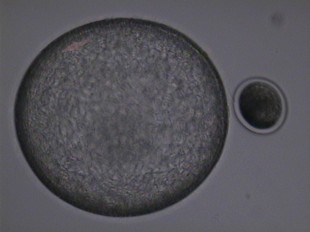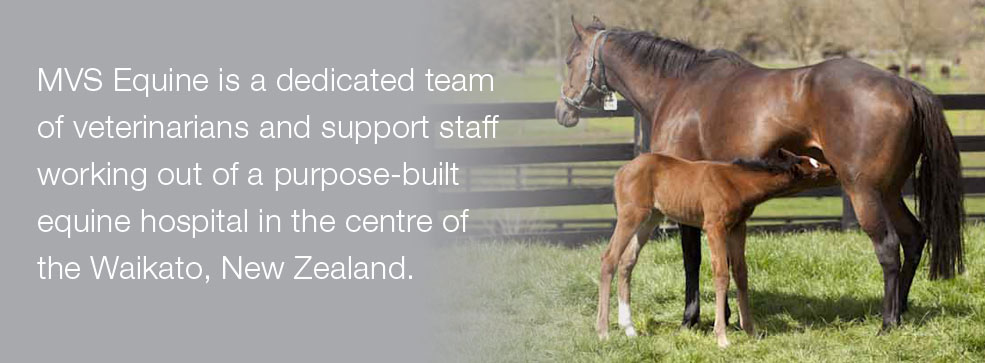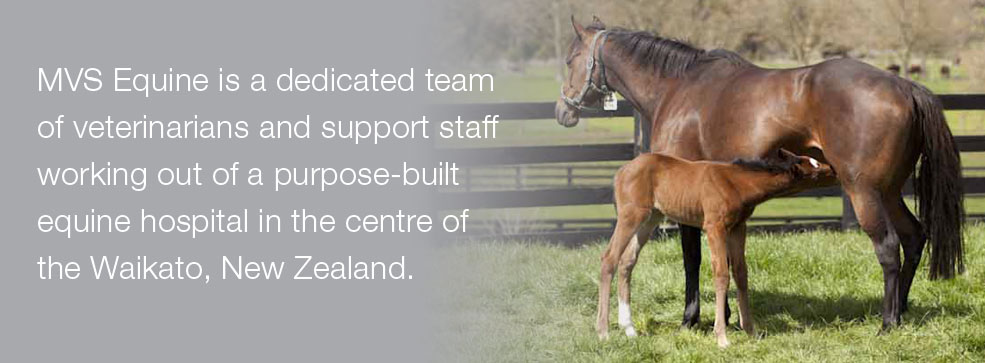Why perform embryo transfer?
Why perform embryo transfer?
May 14, 2012
Why perform embryo transfer?
Embryo transfer is useful in several situations: it allows us to obtain more than one pregnancy per mare per year, it allows mares that are in competition to produce foals, and it allows mares that are unable to carry their own foal (due to injury, poor fertility etc.) to produce a foal.
What is involved in performing embryo transfer?
Embryo transfer is the process whereby a mare (the donor) has her embryo flushed from her uterus 7 days after she is inseminated and the embryo transferred into another mare (the recipient) that carries the foal to term. The recipient mare must be at the same stage of the oestrous cycle as the donor when the transfer takes place.
What is the success rate of embryo transfer?
At MVS Equine Reproduction when using fresh semen to breed the donor mare the average embryo recovery rate is 75% per flush. Of those embryos transferred into recipients, 80% of them will continue to develop normally to produce a foal. Therefore the average number of pregnancies per flush is 60% (80% x 75%), i.e. it takes on average, 1.7 flushes to get a pregnancy. When using frozen semen, this decreases further, due to the lower fertility of frozen semen in general. It is very important to use semen of known fertility to maximise your chance of a successful embryo transfer programme.
How are mares managed for embryo transfer?
The most important aspect of managing embryo transfer is to ensure that the donor and recipient mares ovulate at the same time. Because the oestrous cycles of mares are very difficult to synchronise 2 recipients per donor are needed to ensure that a recipient mare ovulates at the same time as the donor.
The donor mare is inseminated as usual using fresh or frozen semen. The recipient mares are scanned at the same time as the donor and treated with ovulation drugs so that they ovulate as close as possible to the donor mare.
Seven days after insemination, the donor mare is flushed and the fluid collected via an embryo filter. With the aid of a microscope the embryo is located and then loaded into an embryo transfer pipette. The embryo is then placed into the uterus of the recipient mare via the cervix.
The recipient mare is then pregnancy tested 7 days later when the embryo would be 14 days old.
It is also possible to freeze embryos for future use. The success of freezing and thawing of embryo’s and the subsequent transfer to a recipient mare is 50-60%.
Which mares are the best recipients?
Young, maiden mares (less than 8 years old) are the best recipients. Old maiden mares (more than 9 years old) or mares that have not had a foal for longer than 2 years have the lowest conception rate when used as recipients. Retired standard bred mares make valuable recipients due to their kind and calm nature. Recipients are available through MVS or we are more than happy that you supply your own.





